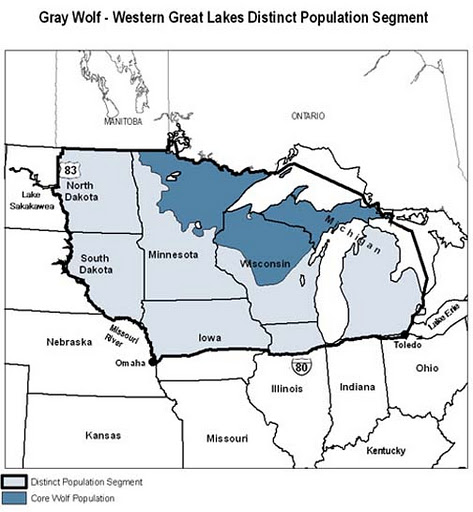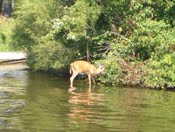The past 30 days have been rich in wildlife stories that may ge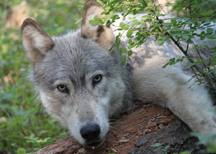 nerate questions in your state and influence public opinion:
nerate questions in your state and influence public opinion:
This past weekend the birth of two (or possibly three) cubs to a black bear named Jewel in Ely, Minnesota was captured on a solar-powered video camera.
A report from WCCO, a CBS television station says that 500 schools were following the video feed. (Which makes it unfortunate that the cubs were born on a Sunday.) It also says that:
“Jewel is the younger sister of Lily, who gave birth before the Internet in 2010. One of the bears that Lily gave birthto was Hope, who is believed to have been killed by a hunter last year.”
See the whole story, including video, on the station’s website, here.
In Florida, 2012 has been a bad year for the endangered Florida panther. Four of the animals have been killed so far this year, says an article in the Fort Lauderdale Sun-Sentinel. In 2011, the article says, the 24 Florida panther deaths were off-set by the 32 panther cubs that were born.
Read the whole article, here.
When Florida Fish and Wildlife Conservation Commission issued a press release on Jan. 12, only 3 panthers had died. Read that press release, here.
On Dec. 28 an Oregon wolf crossed the state border into California, making it the first wild wolf known in the state in nearly 90 years. The young, male wolf’s location is known because it has a GPS collar. It is officially known as OR7, but has been nicknamed “Journey.”
Read more in the Los Angeles Times, here.
Finally, the news reports on the irruption of snowy owls, continue. We reported on this nearly two months ago (read that post, here), but new outlets continue to report on it, including, last week, The New York Times. You can read the NY Times story here.
Photo: Not necessarily OR-7, but another light-colored, collared male wolf in Oregon. Courtesy Oregon Department of Fish and Wildlife
 According to a Minnesota Department of Natural Resources press release:
According to a Minnesota Department of Natural Resources press release:
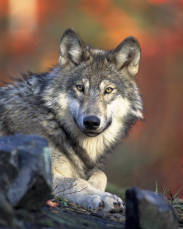
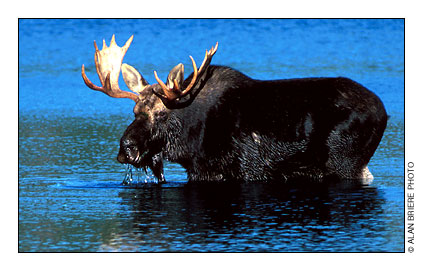
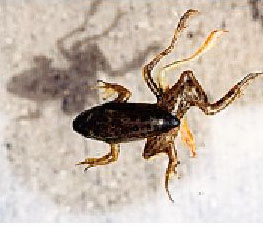 On an August day 17 years ago, eight Minnesota junior high school students on a field trip caught 22 frogs in a farm pond. At least half of the frogs had some abnormality, mostly in their hind legs. The conscientious teacher reported the group’s finding to the state. Dutiful state scientists surveyed wetlands across Minnesota and found at least one hotspot of frog abnormality in every county in the state.
On an August day 17 years ago, eight Minnesota junior high school students on a field trip caught 22 frogs in a farm pond. At least half of the frogs had some abnormality, mostly in their hind legs. The conscientious teacher reported the group’s finding to the state. Dutiful state scientists surveyed wetlands across Minnesota and found at least one hotspot of frog abnormality in every county in the state.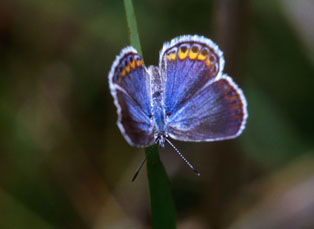 Maine and Minnesota both have citizen science butterfly projects.
Maine and Minnesota both have citizen science butterfly projects.
